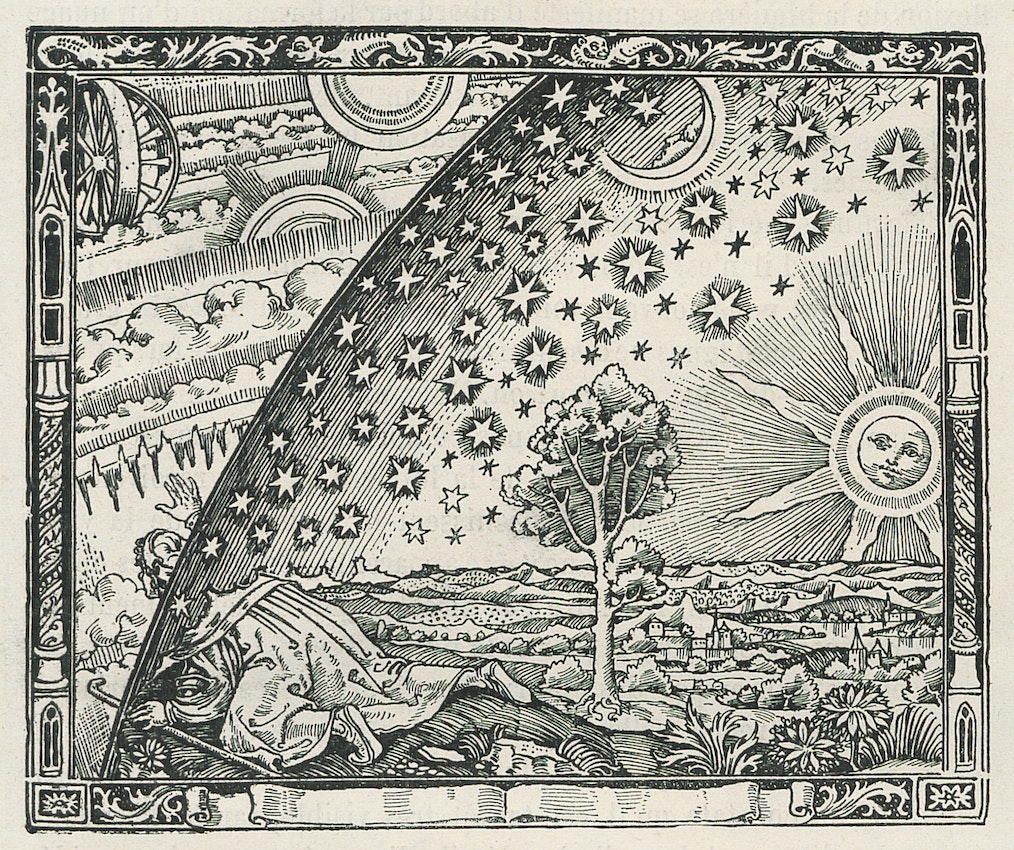I can't think of anyone who longed to experience heaven more than Kenneth Sylvan Guthrie, an obscure American mystic whom Manly P. Hall called a “brilliant but eccentric scholar.” From a very young age the imagery he encountered in the Book of Revelation: a sea of glass, a choir of twenty-four angels, seven burning lamps, four multi-eyed beasts, and a white throne upon which sits a thunderous carnelian deity encircled by an emerald rainbow imprinted itself on the curious child’s psyche. Further inspired by comparative religion and mystical traditions, Guthrie devoted his life to visiting this metaphysical site and communing with its inhabitants. Encountering repeated obstacles and often alone in his quest, his story is a stubbornly independent and wildly imaginative one. “Many years ago,” he wrote in 1929, “I got the idea that if the Heavens were to remain closed to me, I might perhaps guess glimpses of those elusive Realities by prayerfully inventing ‘my own’ mysteries...” By testing the sacred allures of his passion and creatively documenting the process, arguably, Guthrie did just that. Though largely lost to historical memory, his heavenly journey is due for resurrection.
Subscribe to the New PRS Journal to read on...
Subscribe to the New PRS Journal to read on...
Nothing comes from nothing. Manly Hall’s vision for the All-Seeing Eye was entirely supported by contributions from its readers who paid for their subscription with gifts made according to their means. Manly Hall wrote,
“This magazine is published and distributed privately to those who make possible with their financial support its publication. The magazine cannot be bought and has no fixed value. Like all of the ancient teachings which it seeks to promulgate, it has no comparative value, but the students must support it for its own intrinsic merit.”



